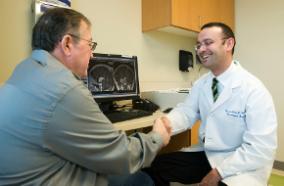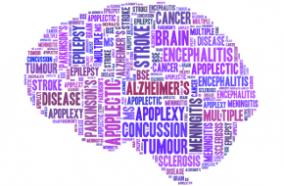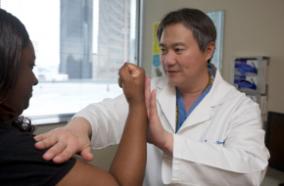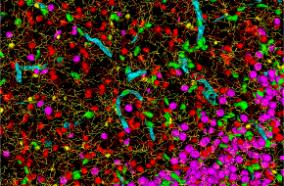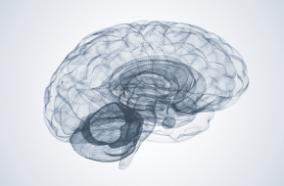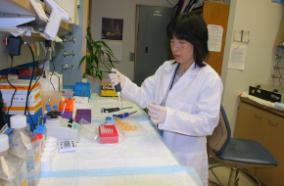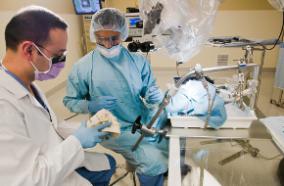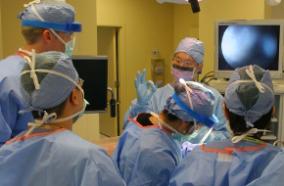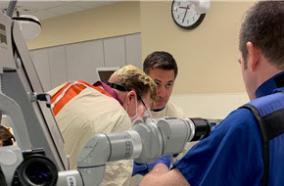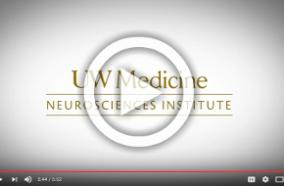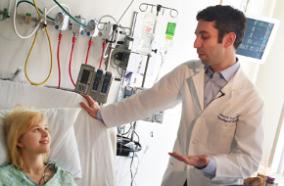Safety, pharmacokinetics and causal prophylactic efficacy of KAF156 in a Plasmodium falciparum human infection study.
Safety, pharmacokinetics and causal prophylactic efficacy of KAF156 in a Plasmodium falciparum human infection study.
Clin Infect Dis. 2020 Jul 09;:
Authors: Kublin JG, Murphy SC, Maenza J, Seilie AM, Jain JP, Berger D, Spera D, Zhao R, Soon RL, Czartoski JL, Potochnic MA, Duke E, Chang M, Vaughan A, Kappe SHI, Leong FJ, Pertel P, Prince WT
Abstract
BACKGROUND: KAF156 is a novel antimalarial drug that is active against both liver- and blood- stage Plasmodium parasites, including drug-resistant strains. Here, we investigated the causal prophylactic efficacy of KAF156 in a controlled human malaria infection (CHMI) model.
METHODS: In Part 1, healthy, malaria-naïve participants received 800 mg KAF156 or placebo three hr before CHMI with Pf-infected mosquitoes. In Part 2, KAF156 was administered as single doses of 800, 300, 100, 50, or 20 mg 21 hr post-CHMI. All participants received atovaquone/proguanil treatment if blood-stage infection was detected or on day 29. For each cohort, 7-14 subjects were enrolled to KAF156 treatment and up to four subjects to placebo.
RESULTS: KAF156 at all dose levels was safe and well tolerated. Two serious adverse events were reported - both resolved without sequelae and neither was considered related to KAF156. In Part 1, all participants treated with KAF156 and none of those randomized to placebo were protected against malaria infection. In Part 2, all participants treated with placebo or 20 mg KAF156 developed malaria infection. In contrast, 50 mg KAF156 protected 3/14 participants from infection, and doses of 800, 300, and 100 mg KAF156 protected all subjects against infection. An exposure-response analysis suggested that a 24-hr post-dose concentration of KAF156 of 21·5 ng/mL (90% CI 17.66 to 25.32 ng/mL) would ensure a 95% chance of protection from malaria parasite infection.
CONCLUSIONS: KAF156 was safe and well tolerated and demonstrated high levels of pre- and post-CHMI protective efficacy.
PMID: 32644127 [PubMed - as supplied by publisher]

